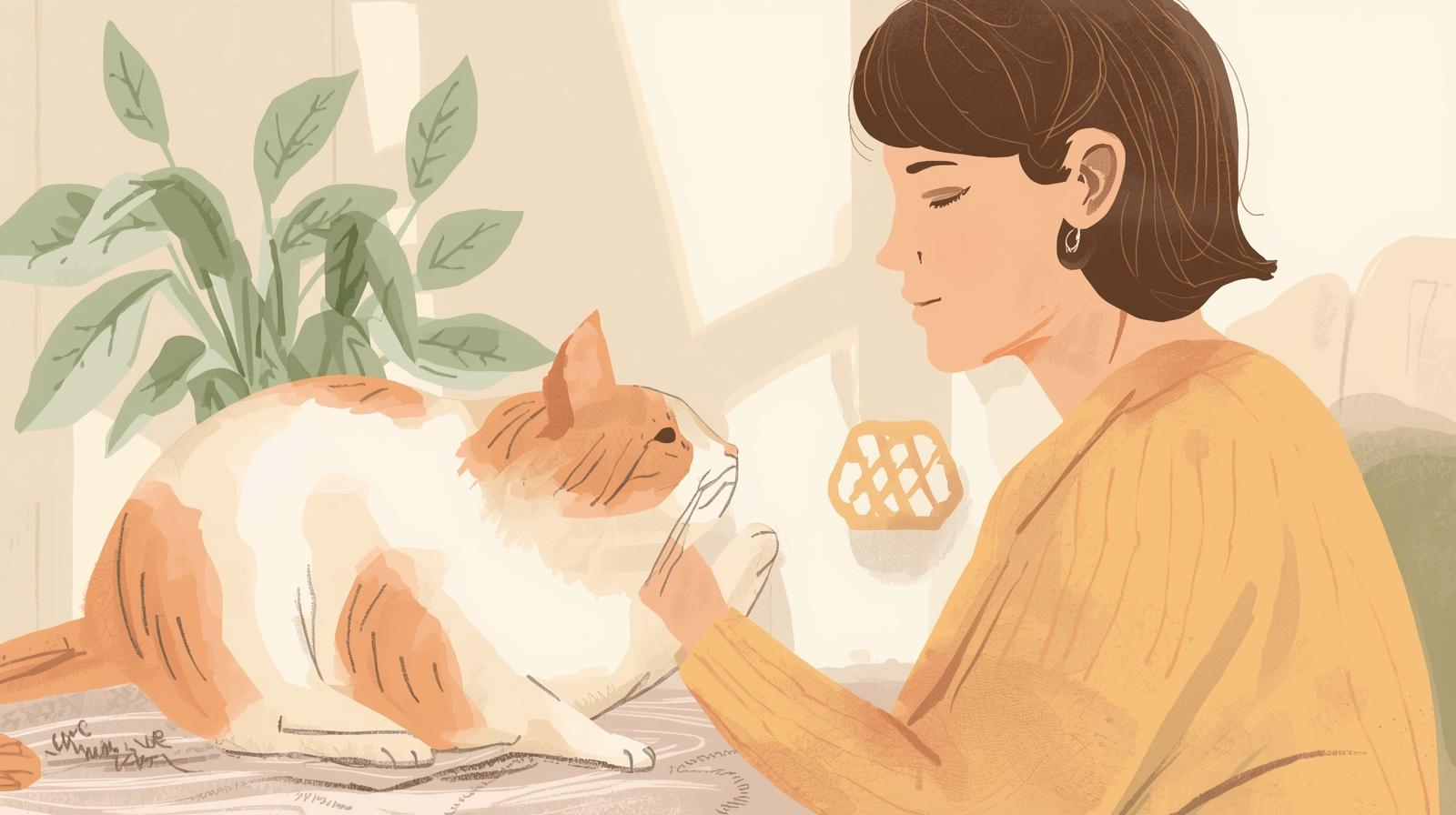Understanding Why Cats Become Nervous
Before learning how to calm and socialize a nervous cat, it’s important to understand what causes anxiety in the first place.
Common triggers include:
-
A recent move or change in environment
-
Loud noises or unfamiliar people
-
Past trauma (common in rescue cats)
-
Lack of early socialization as kittens
According to the American Veterinary Medical Association (AVMA), cats often hide, hiss, or act withdrawn when they feel threatened. Recognizing these behaviors helps you respond calmly and effectively.
Create a Safe Space
A safe space is the foundation for socializing a fearful cat.
Set up a quiet, low-traffic room with:
-
A cozy bed or covered cat cave
-
Food and water bowls
-
Litter box placed far from feeding area
-
Toys and scratching post
Allow your cat to explore at their own pace. Never force them out of hiding.
The key to how to calm and socialize a nervous cat is giving them control and comfort in their environment.

Use Soothing Scents and Sounds
Cats rely heavily on scent and sound to determine safety.
Tips:
-
Use pheromone diffusers like Feliway Classic to mimic calming cat pheromones.
-
Play soft classical or ambient music to reduce stress.
-
Avoid strong air fresheners or harsh cleaning products.
These environmental cues help your cat relax and encourage natural curiosity.
Start with Slow, Gentle Interactions
When learning how to calm and socialize a nervous cat, patience is everything.
Begin by sitting quietly in the same room — no direct eye contact.
Let your cat observe and approach you first. When they do, offer a calm voice and slow blinks (a sign of trust in cat language).
Avoid fast movements or reaching out suddenly. The goal is to build trust through consistency and calm energy.
Offer Treats and Positive Reinforcement
Food is your best tool for building confidence.
Every time your cat shows curiosity or comes closer, reward them with:
-
Favorite treats
-
Gentle petting (if comfortable)
-
Verbal praise in a soft tone
Positive reinforcement helps your cat associate humans with good experiences — a vital step in learning how to calm and socialize a nervous cat effectively.
Introduce Playtime for Confidence
Playtime helps reduce anxiety and builds trust through fun.
Try:
-
Wand toys or feathers for distance play
-
Puzzle feeders to engage their brain
-
Catnip or silvervine to encourage exploration
Play releases energy and increases your cat’s confidence — making them more open to social interactions.
Gradually Introduce Other People or Pets
Once your cat is comfortable with you, slowly introduce other people or pets.
Step-by-Step:
-
Let the cat smell the new person’s scent on clothing first.
-
Allow the new person to sit quietly near the cat’s space.
-
Offer treats or playtime as positive reinforcement.
-
Keep sessions short and calm.
If introducing another cat or dog, use barriers like baby gates initially.
ASPCA’s Pet Socialization Guide provides additional safe introduction methods.
Maintain a Calm Routine
Cats thrive on consistency.
Feed, play, and clean litter boxes at the same time each day.
Predictability reduces stress and supports the how to calm and socialize a nervous cat process by making them feel secure.
Avoid loud noises, frequent visitors, or rearranging furniture during the early stages of socialization.
Avoid Common Socialization Mistakes
Even well-intentioned owners make errors that can set progress back.
Avoid:
-
Forcing your cat out of hiding
-
Staring directly into their eyes (seen as a threat)
-
Picking them up too soon
-
Punishing fearful behavior
Remember: calm cats choose connection. You’re guiding, not controlling, the process.
When to Seek Professional Help
If your cat remains extremely fearful despite weeks of gentle effort, seek help from a veterinarian or certified feline behaviorist.
Some cats may need temporary anti-anxiety aids or behavioral therapy.
Experts can tailor a socialization plan specific to your cat’s needs.
Final Thoughts
Learning how to calm and socialize a nervous cat takes time, empathy, and patience — but the results are worth it.
Each small step builds trust, turning a fearful feline into a loving, confident companion.

